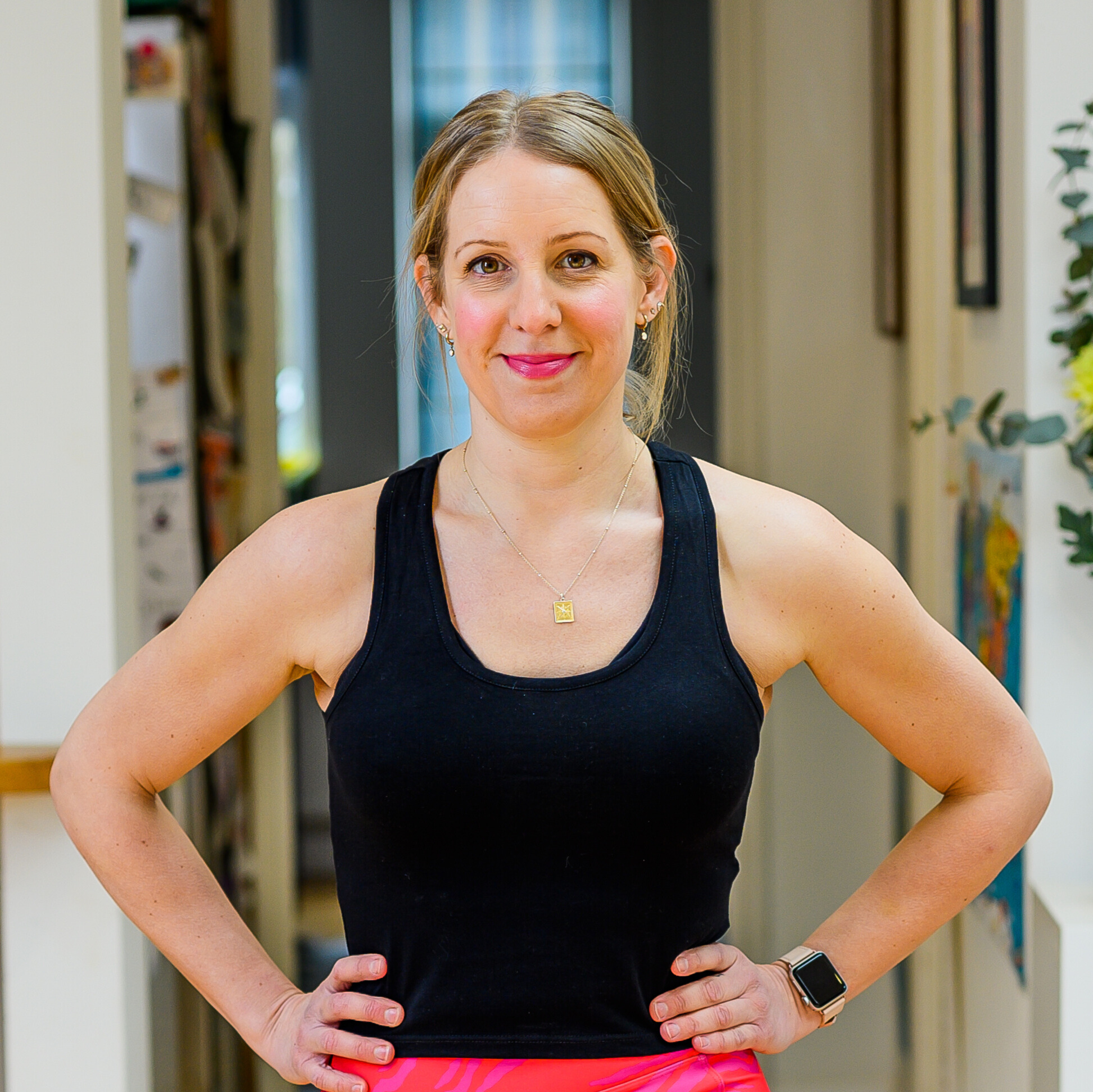Forget squats—a mobility expert recommends these three knee-friendly moves to build glute strength and stability
Boost lower body strength with this short, effective workout

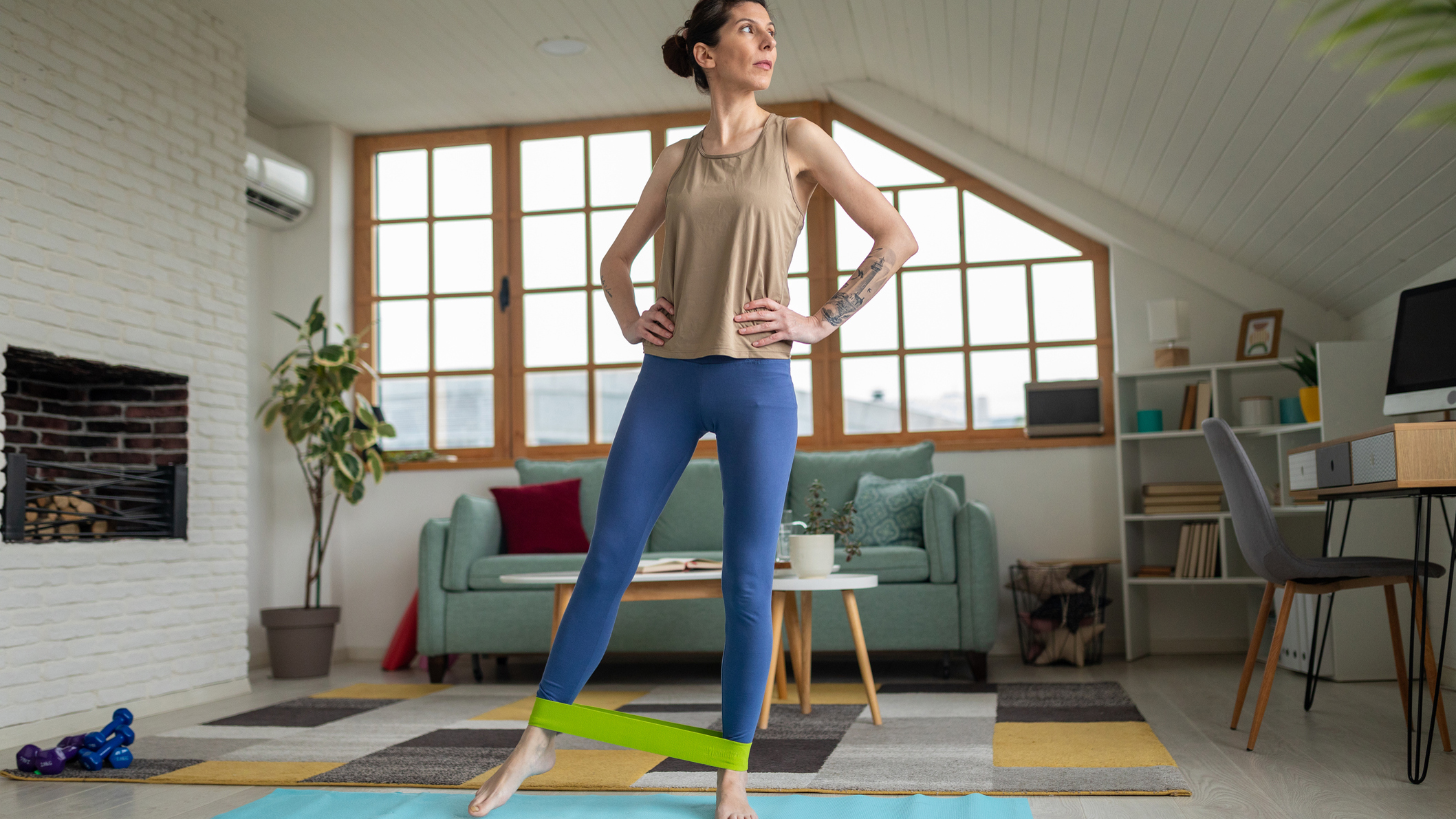
If you want to build glute strength but aren’t a fan of squats, we’ve got good news. You just need these three knee-friendly exercises to see results, according to mobility expert and personal trainer Sasha Barr from The Project PT.
"Strong glutes are fundamental for maintaining balance and stability," says Barr. "When the glutes are strong they can effectively stabilize the pelvis during walking, running and jumping, reducing the risk of falls and improving overall coordination."
Barr has created a three-move knee-friendly circuit for Fit&Well that you can do at home or the gym. Watch the video below to see demonstrations of the exercises then give it a go for yourself.
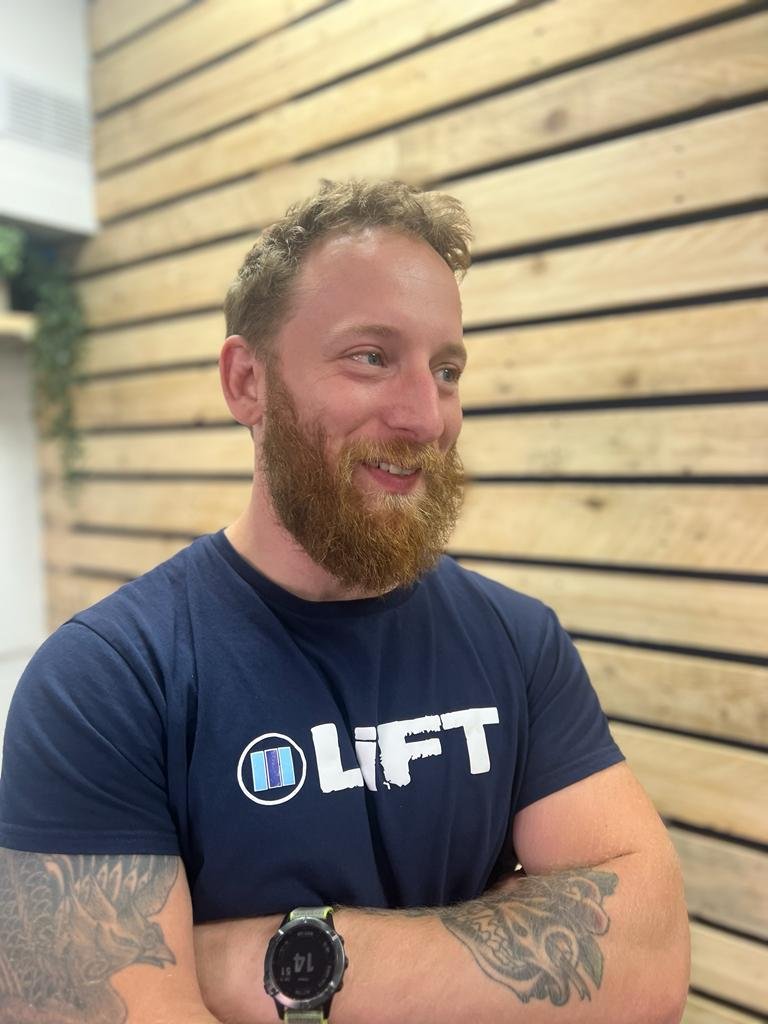
Sasha Barr is a personal trainer and mobility coach at The Project PT. He has more than 10 years’ experience, and has a special interest in rehabilitation strength and conditioning.
The workout
A post shared by The Project PT (@theprojectpt)
A photo posted by on
Perform the three exercises for between 8-15 reps, taking 30 seconds to rest between sets. Barr recommends doing three rounds, but you can adjust this to suit your fitness levels. You can also ditch the resistance if you want an easier session.
1. Glute bridges

Reps: 10-12 Sets: 3 Rest: 30 secs
How to do a glute bridge
- Lie on your back with knees bent and feet flat on the ground.
- Lift your hips off the ground by pressing through your heels, forming a straight line from knees to shoulders.
- Pause at the top then slowly lower your hips back to the starting position.
2. Step-ups
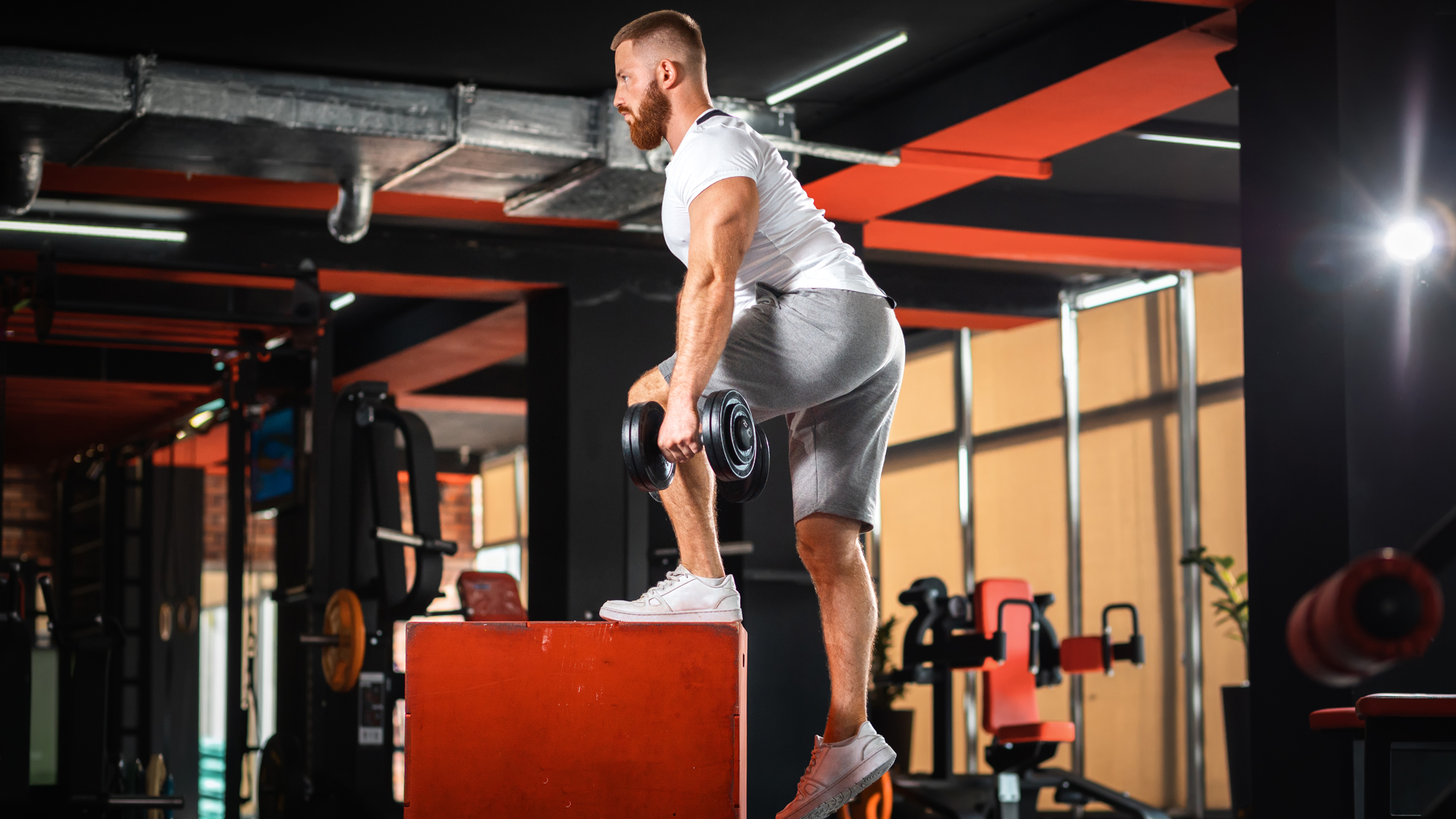
Reps: 8-10 Sets: 3 Rest: 30 secs
Start your week with achievable workout ideas, health tips and wellbeing advice in your inbox.
How to do a step-up
- Place one foot on an elevated stable surface, like a sturdy stool or step.
- Drive your elevated foot into the surface to raise yourself up. Keep your hips level while the back leg raises off the ground.
- Bring your feet together on the elevated surface. Under control bring your leg back to the start. If you want to make this move more challenging, hold a weight in one hand while you do it.
3. Standing hip abduction
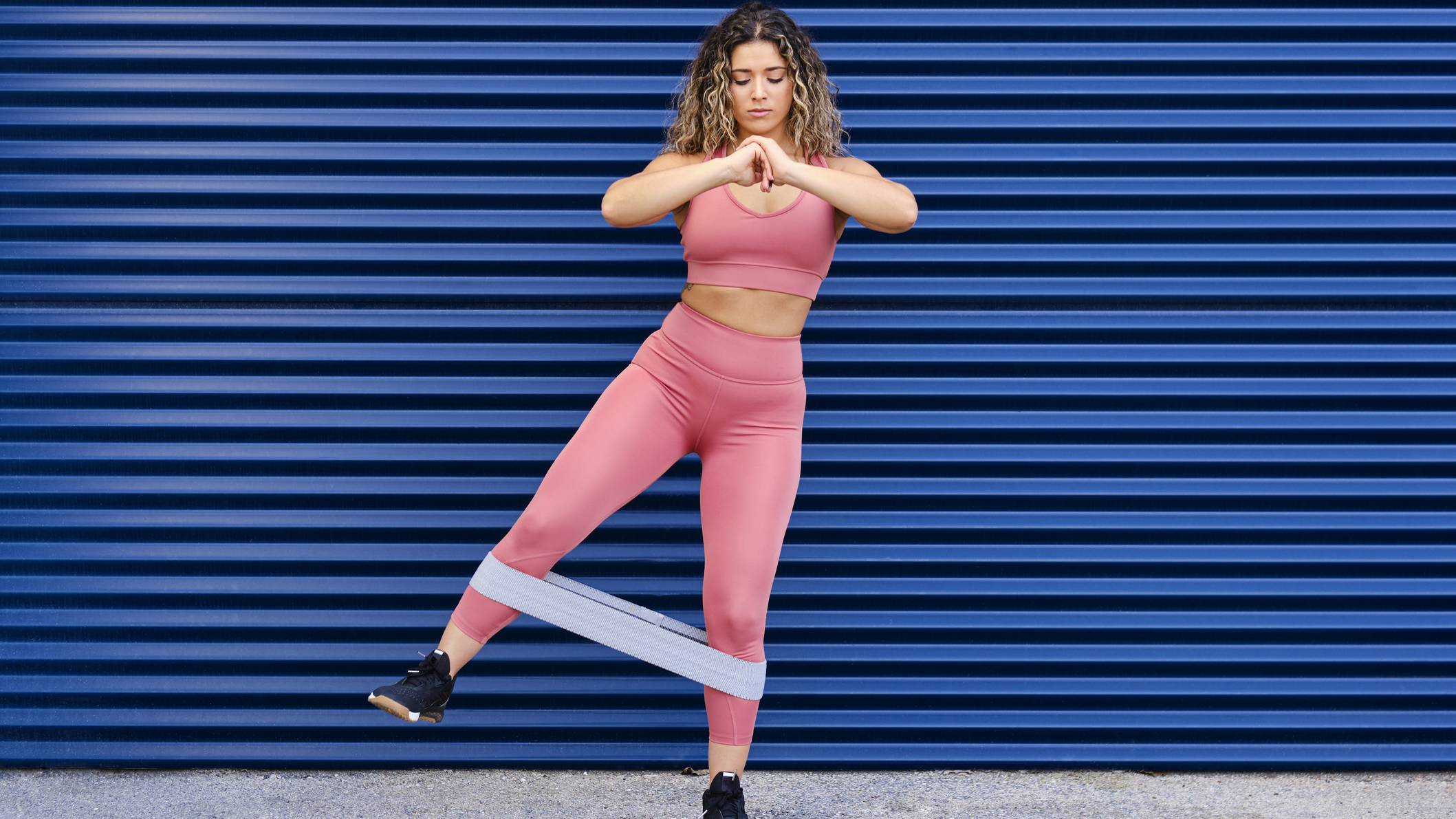
Reps: 8-10 Sets: 3 Rest: 30 secs
How to do a standing hip abduction
- Stand up straight with your feet hip-width apart, holding onto a chair for balance if needed.
- Lift one leg out to the side as far as is comfortable, keep your upper body still. Hold for a moment at the top then slowly lower back to the starting position. Add a resistance band or cable, away from the traveling leg, to increase difficulty.
Benefits
Strengthening the lower body is important for a number of reasons: it helps reduce the risk of falls and trips in older age, provides stability to the joints of the lower limbs and can help improve sports performance.
"Always focus on form and controlled movements to maximize the benefits and minimize the potential of injury," says Barr.
"Listening to your body and consulting with a fitness professional—especially if you have existing conditions or injuries—can further optimize your training regimen."
You don't need any equipment to do this workout, but adding some weights or using a resistance band can increase the challenge. Have a look at our guide to the best adjustable dumbbells and best resistance bands, if you're looking for some new gear.
Maddy Biddulph is a journalist specializing in fitness, health and wellbeing content, with 26 years in consumer media working as a writer and editor for some of the bestselling newspapers, magazines and websites in the US and UK, including Marie Claire, The Sunday Times and Women’s Health UK.
She is a CIMPSA-certified PT and works one-on-one with clients, as well as running Circuits Club classes which mixes cardio and strength training and chair-based exercise classes for seniors.
